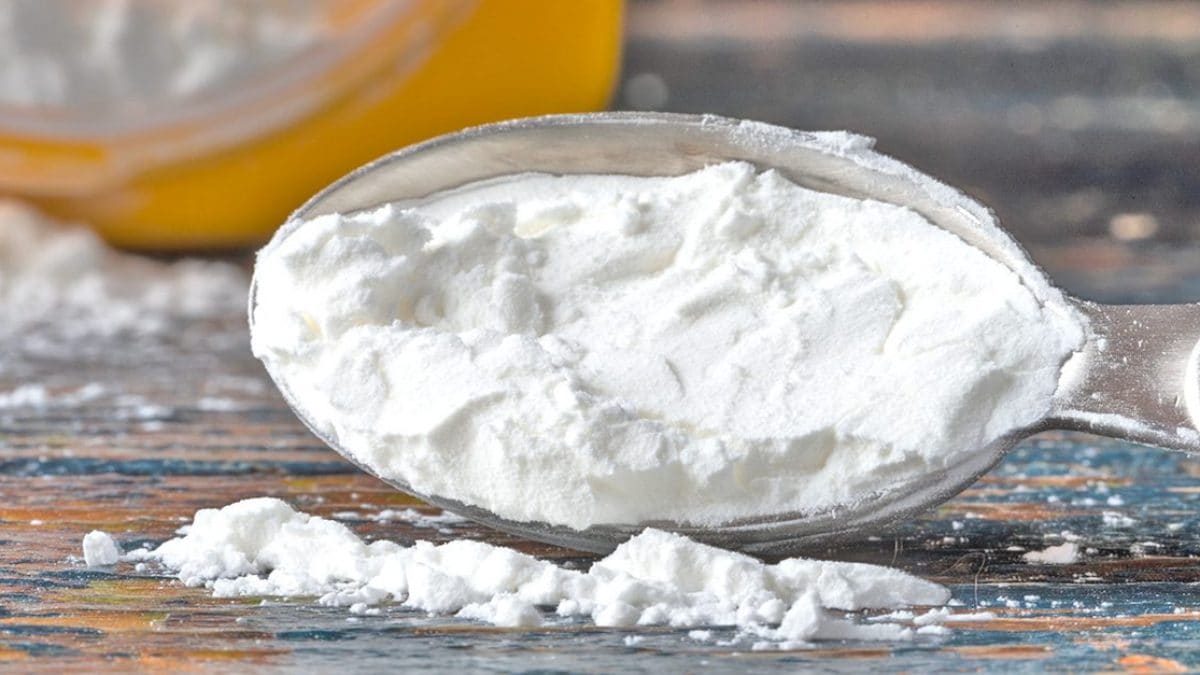Potato Starch Vs. Corn Starch: Which Is Better?
Potato starch and cornstarch are kitchen staples but they are constantly pitted against each other because of their similarities. These powders play a crucial role in thickening, but each has its unique qualities. Read ahead as we explore their differences, explore their uses, and guide you on when to choose one over the other.

Potato Starch: the Ideal Gluten-Free Thickening Agent
Potato starch, derived from potatoes, is a gluten-free starch valued for its thickening properties in cooking and baking. When added to recipes, potato starch enhances texture and moisture, making it a popular choice for gluten-free recipes. However, it's important to note that potato starch lacks significant nutrients and may present digestive challenges with repeated use.

Cornstarch: a Versatile Thickener Loved For Its Neutral Flavor 
Cornstarch, extracted from the endosperm of corn grains, serves as a versatile thickening agent loved for its neutral flavor profile. Widely utilized in various culinary applications such as soups, gravies, and fried foods, cornstarch contributes to a smooth texture without altering the taste of the dish. Beyond the kitchen, cornstarch finds applications in industries ranging from manufacturing to cosmetics.
Whether you're a baking pro or just curious, an in-depth understanding of the differences between potato starch and cornstarch will upgrade your cooking experience.
Distinguishing Potato Starch from Cornstarch

There are notable differences between potato starch and cornstarch. From carbohydrate content and nutritional value to cooking characteristics, these starches exhibit differences that can significantly impact their use in cooking. Understanding their distinct qualities will help you make informed choices when selecting the ideal starch for your recipes.
1. Calorie Content: Potato starch contains more calories than cornstarch. There are 10 grams of carbs in 1 tablespoon of cornstarch while cornstarch only contains 7g of carbs.
2. Cooking Time: Cornstarch is best suited to long cooking times and it thickens quickly. However, ensure to keep your cooking at a constant temperature that's not too high as this may cause the starch to clump. On the other hand, potato starch performs well in high temperatures but only for a short period. The trick is adding it to the recipe at the end of the cooking process.
3. Starch Content: Unlike potato starch, cornstarch is pure starch and therefore easily digested. It is swiftly broken down into simple sugars after eating, triggering the pancreas to release insulin.
Is Cornstarch a Good Substitute for Potato Starch?

The utility of potato starch spans thickening soups and extending the shelf life of meats to serving as an adhesive in non-food applications. It acts as a gluten-free alternative in baking, adding chewiness to cookies and moisture to cakes. However, caution is advised when substituting potato flour, a thicker powder with a sticky consistency, in lieu of potato starch.
The best substitute option for potato starch remains cornstarch for its similarities in texture and quality. Other possible substitutes include all-purpose flour, rice flour, and xanthan gum, each with its unique considerations regarding quantity and texture.
Is Potato Starch Much Healthier Than Corn Starch?

Although potato starch contains a higher calorie content, it is considered healthier than organic cornstarch because it has more fibre. Eating more fibre is essential for overall health, aiding digestion, weight management, and blood sugar control. It lowers the risk of heart disease, chronic illnesses, and certain cancers, while fostering a diverse gut microbiota and promoting healthier skin. The bulk from fibre ensures regular and comfortable bowel movements, highlighting its crucial role in preventing health issues and promoting well-being.




